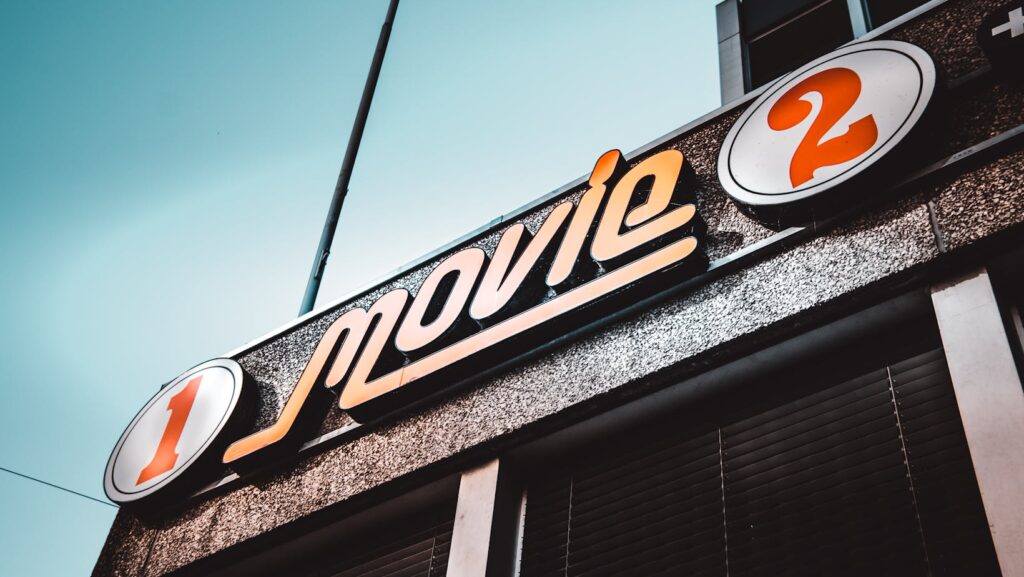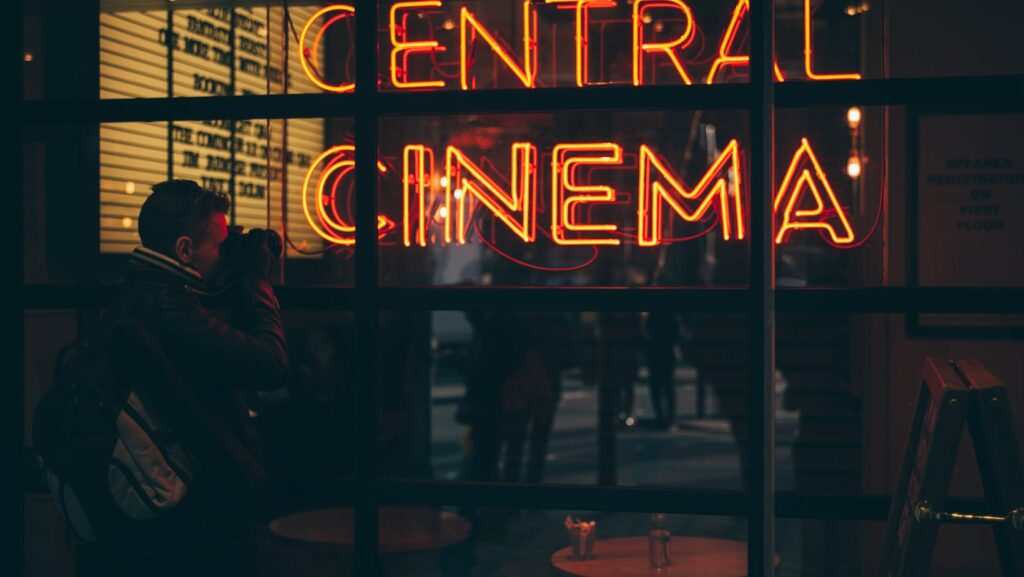Pop-up cinemas are revolutionizing the movie-going experience, providing a unique blend of nostalgia and novelty. They’re not just about watching a film; they’re about creating memorable experiences. This article will delve into the latest trends in this exciting industry.
Pop up Cinema Trends

Operationally, pop up cinema trends showcase a combination of innovative technology and efficient logistics. The process begins by selecting an appropriate unconventional location, evaluated based on factors like accessibility, audience appeal, and infrastructural feasibility. The chosen site undergoes transformation into a viewer-friendly arena, ensuring it’s equipped with necessary facilities, including a large screen, sound system, projection equipment, and comfortable seats.
With this setup, audiences enjoy films in an entirely new light, surrounded by iconic scenery or beneath the star-studded sky, making it a memorable event. Furthermore, these cinemas often include other attractions such as themed decor, food and beverage options, pre or post-screening entertainment, meeting the growing demand for experiential offerings.
Thus, with their fresh take on movie viewing, pop-up cinemas not just survive, but thrive in an ever-evolving entertainment landscape.
Cultural Impact of Pop up Cinemas
Pop up cinemas encourage community interaction, acting as social catalysts. When a park, warehouse, or rooftop turns into a cinematic arena, it attracts a diverse set of movie-goers from the local area. By fostering a shared experience around a film, they build stronger social connections among residents. For instance, temporally transforming a public park for a horror movie night or a romantic film screening not just enhances communal bonds, but it also effectively utilizes open spaces.

Urban revitalization sees a new ally in pop-up cinemas. A neglected warehouse or underutilized rooftop space gains a new lease on life when adorned as a cinematic venue. It contributes to vibrant urban life while maximizing available space. For instance, a deserted warehouse screening classic films cultivates fresh interest and footfall within the locality, promoting an unimaginable revival. Hence, pop-up cinemas don’t just entertain, they breathe new life into architectural spaces, contributing positively to urban renaissance.
Business Perspective of Pop up Cinema Trends
From a business perspective, pop up cinema trends offer unique opportunities as well as challenges, impacting their profitability, sustainability, and industry adoption.
Profitability and Sustainability
Transforming temporary locations into alluring cinematic arenas plays a crucial role in the profitability rate of pop-up cinemas. Patrons, intrigued by the novelty and unique experience, often show a willing expenditure, contributing to revenue generation. Data from Box Office Mojo shows that in 2015, outdoor cinemas, a form of pop-up cinema, took in a total of $16.7 million in box office sales, suggesting a healthy return on investment.
Sustainability, on the other hand, is linked with the efficient use of resources and innovative solutions. Economical, collapsible, and portable tech equipment aids cost-cutting, maintaining a sustainable approach.
Challenges Faced by Pop up Cinemas

While full of promise, pop-up cinemas face a unique set of challenges. These include zoning and building permit complications, unpredictable weather conditions, and the task of attracting a consistent audience for a transient venue—a feat that can be taxing even for established theaters. Data from the Cinema Operators Association indicated that in 2015, only around 15% of pop-up cinema initiatives survived past their third year, shining a light on the difficulties incumbent in sustaining such ventures.
Industrial hurdles aside, the unique allure of pop-up cinemas, often fueled by the immersive essence of the creative spaces, keeps driving this trend forward, thus underpinning the business perspective of pop-up cinema.
Memorable Experiences
Pop up cinema trends, with their innovative appeal and unique ambiance, are carving a niche in the film industry. They’re not just a trend, but a testament to the evolving demands of movie-goers seeking more immersive and memorable experiences. While they bring communities together and breathe life into urban spaces, they also pose a set of unique challenges. Profitability and sustainability remain key concerns, with only a select few initiatives making it past their initial years. Yet, the steady revenue generation and the drive to overcome hurdles reflect the resilience of this industry.


